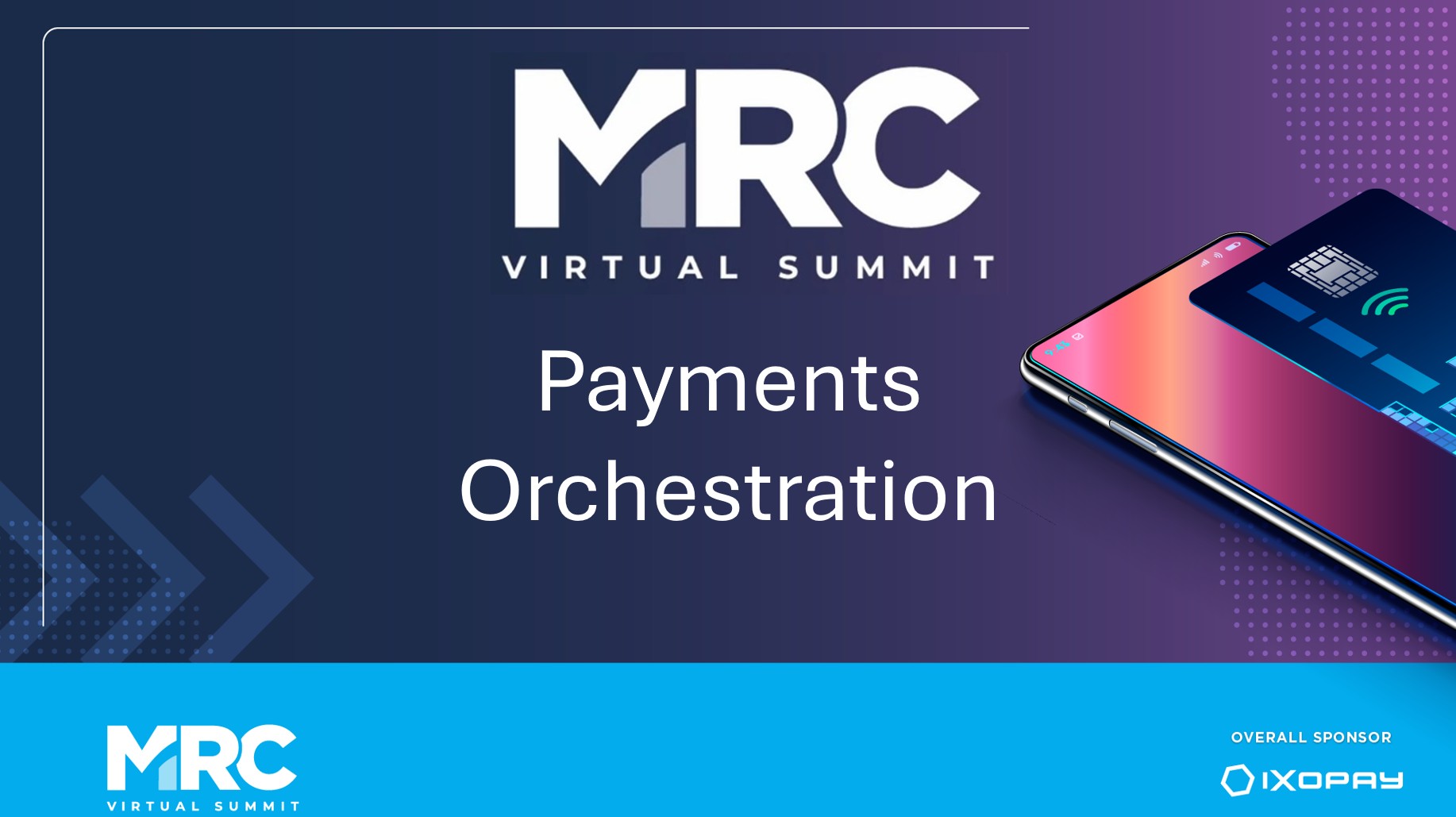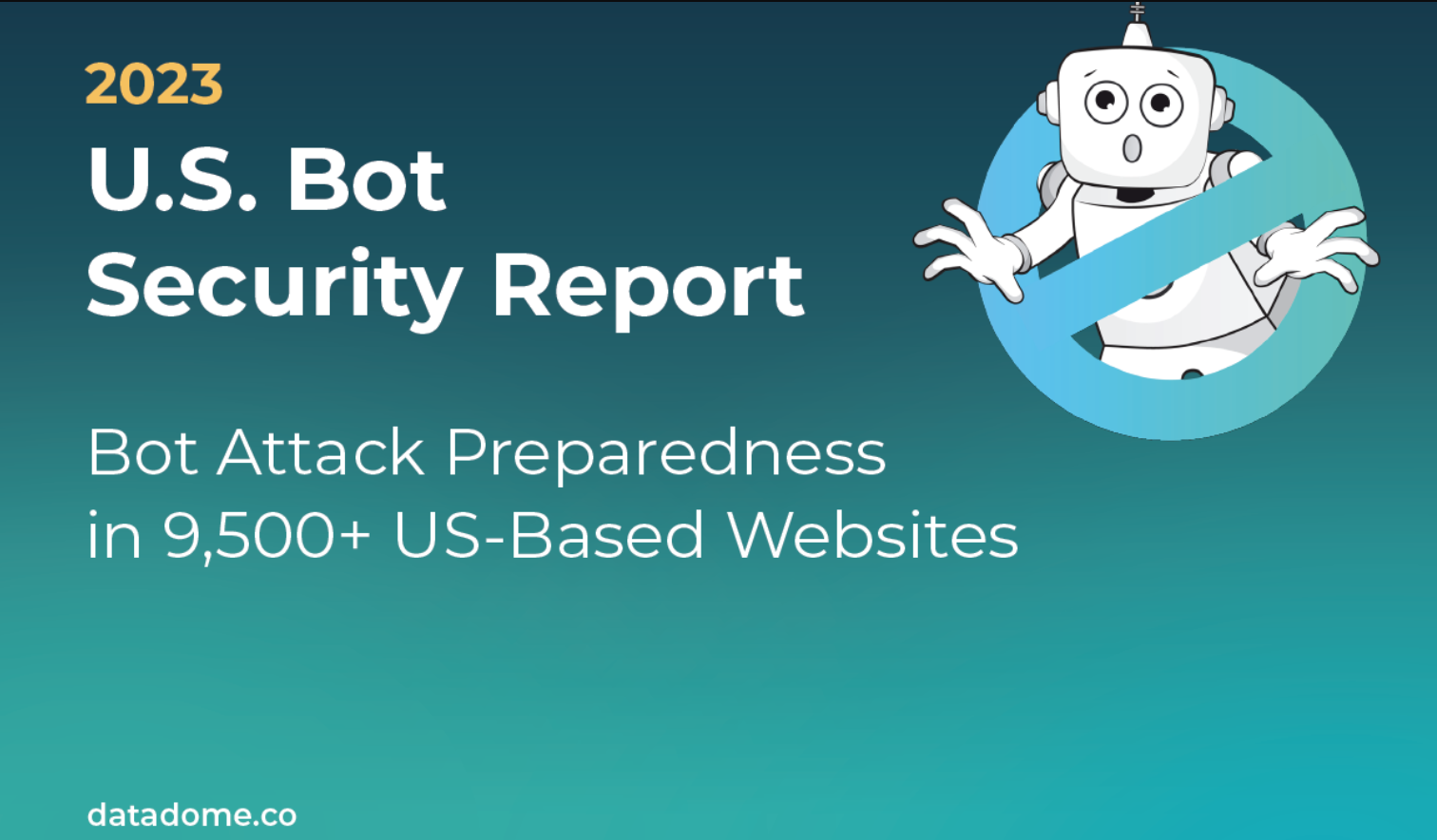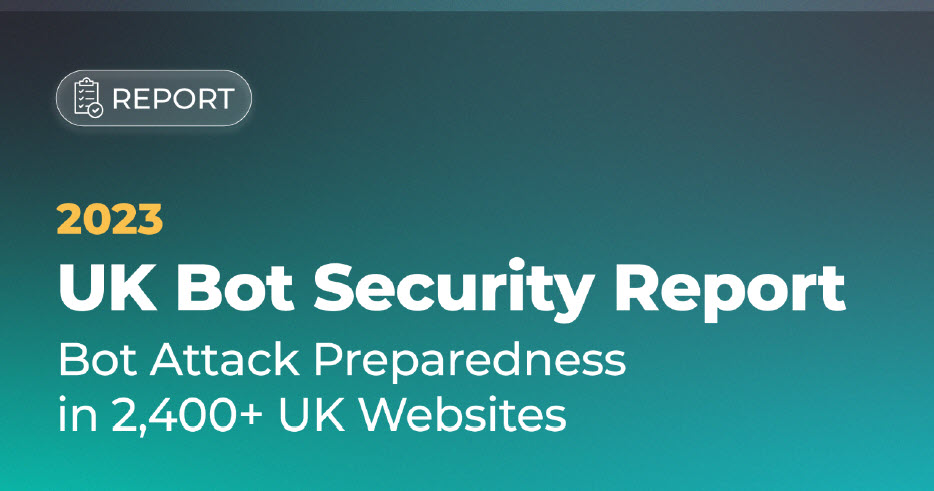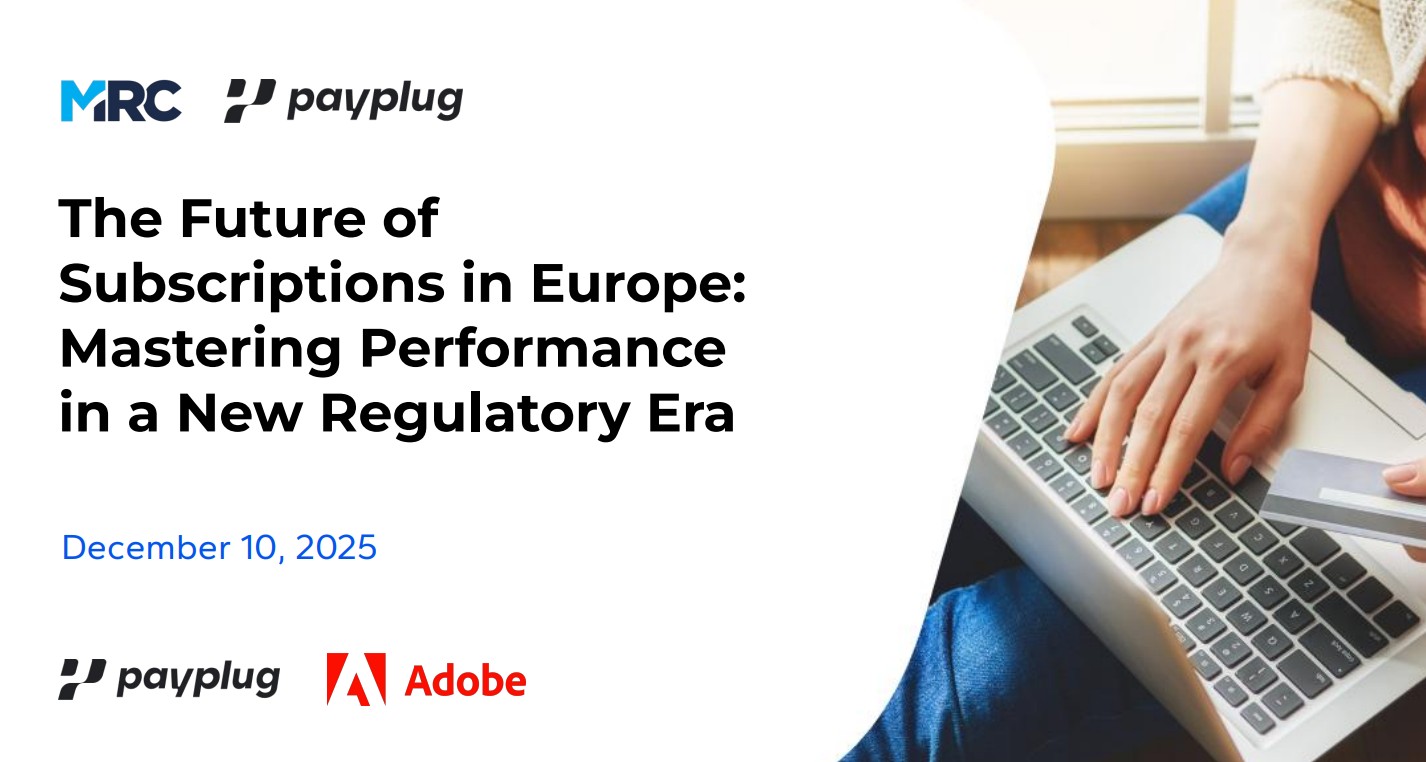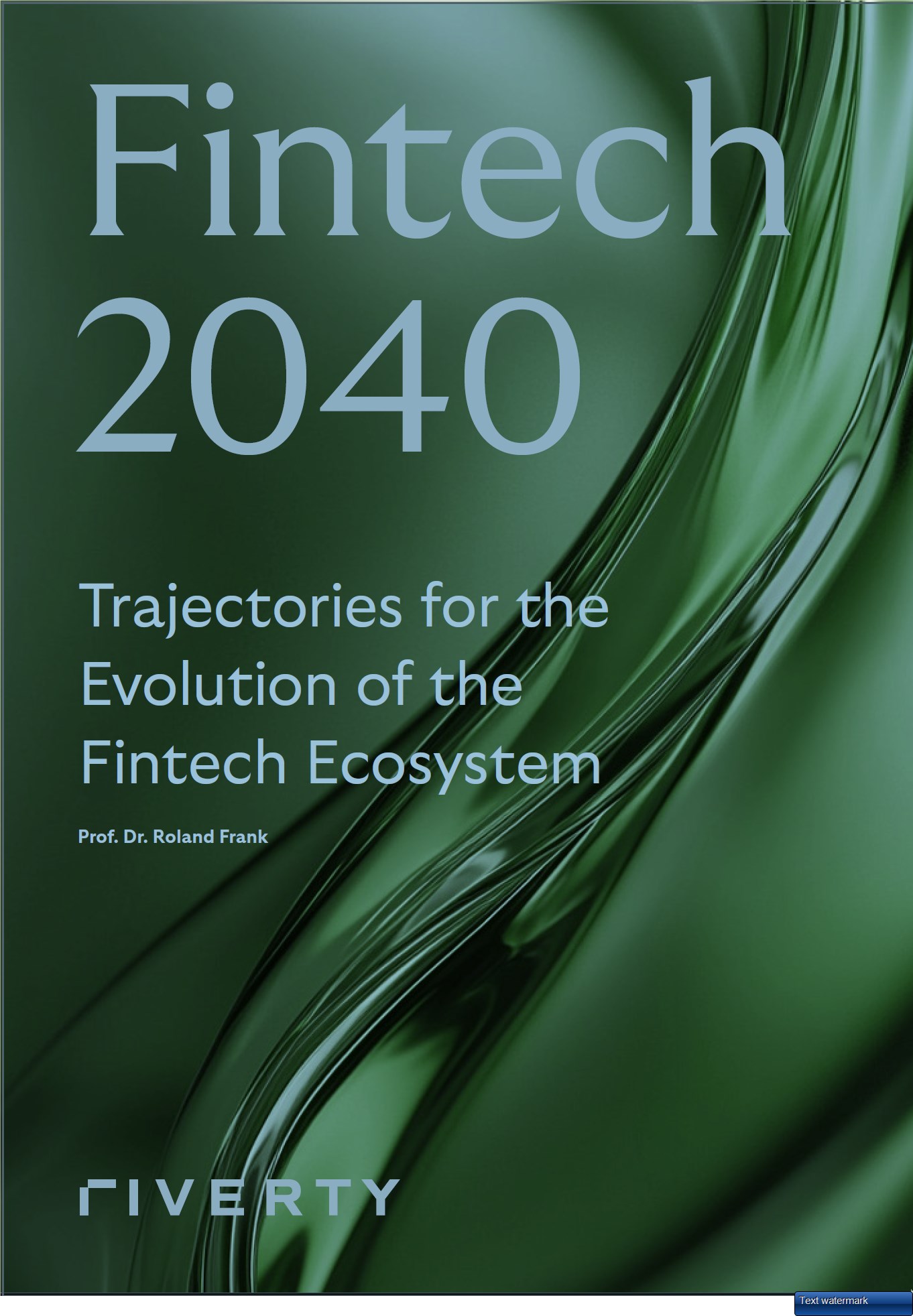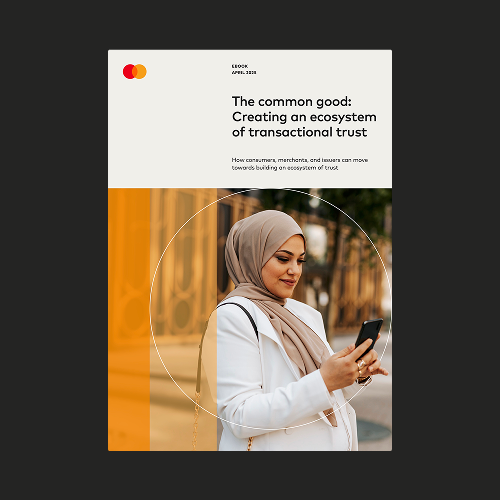You Can Have It All: Minimize Fraud, Boost Sales & Balance Risk
Many - if not most - enterprise retailers are overpaying for fraud solutions and chargebacks, as well as losing out on millions of dollars in sales because of suboptimal fraud strategies. Preventing fraudulent purchases from being approved is the most important goal of any merchant’s fraud strategy, but it also poses a dilemma when a good customer’s legitimate transaction is blocked. Eradicating false declines and getting as many good customers as possible through check-out is challenging, but can be optimized through productive, data-driven discussions with the payments supply chain to rectify any issues and, ultimately, supercharge approval rates.
In this presentation, payments experts will showcase the importance of benchmarks and data-science in helping merchants not only assess, but also scrutinize the performance of their fraud suites. It will also walk through what a data-driven supply-chain engagement strategy can do to ultimately boost digital sales.
Some content is hidden, to be able to see it login here Login




